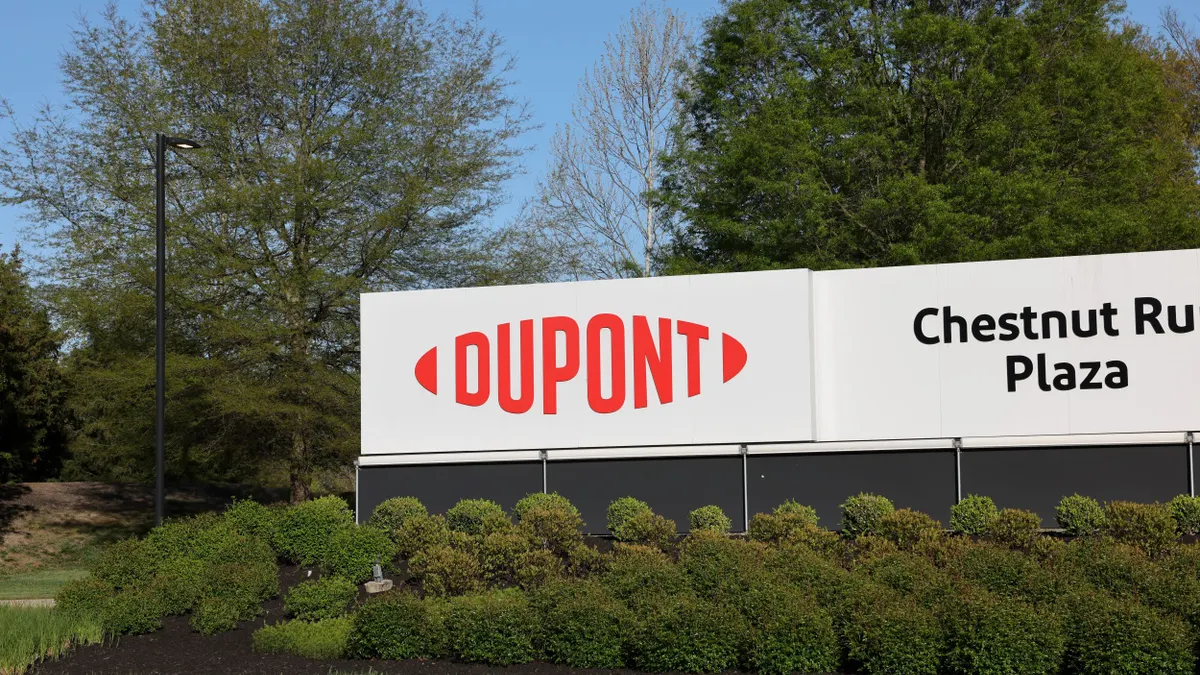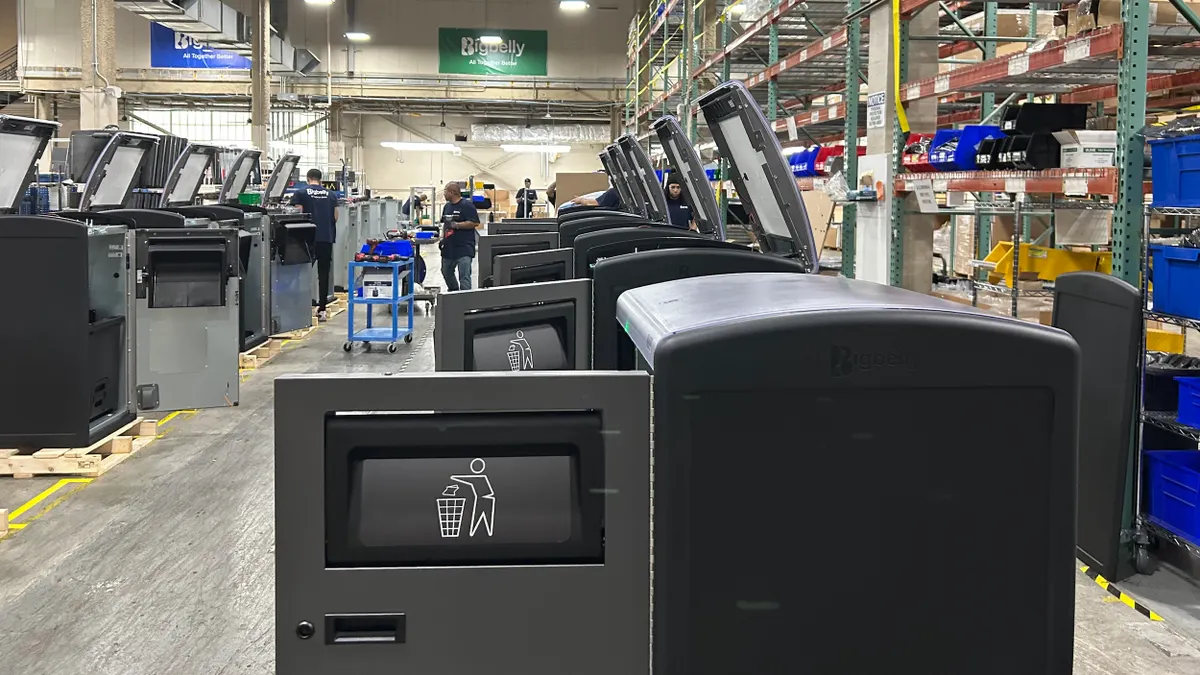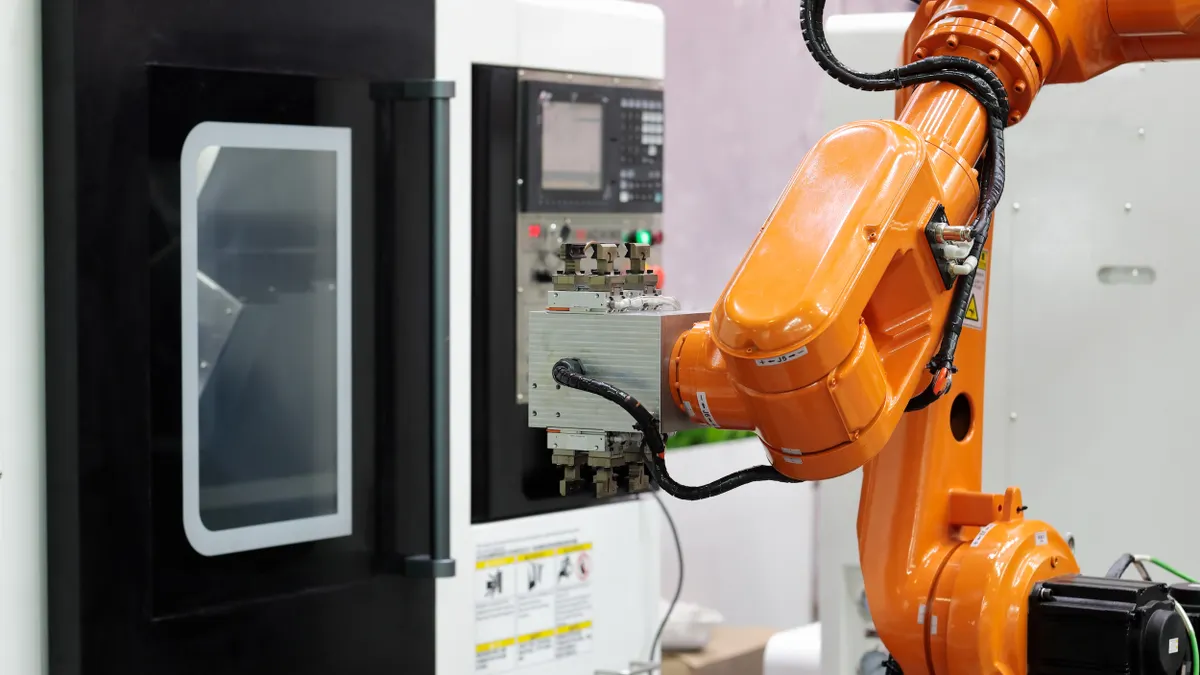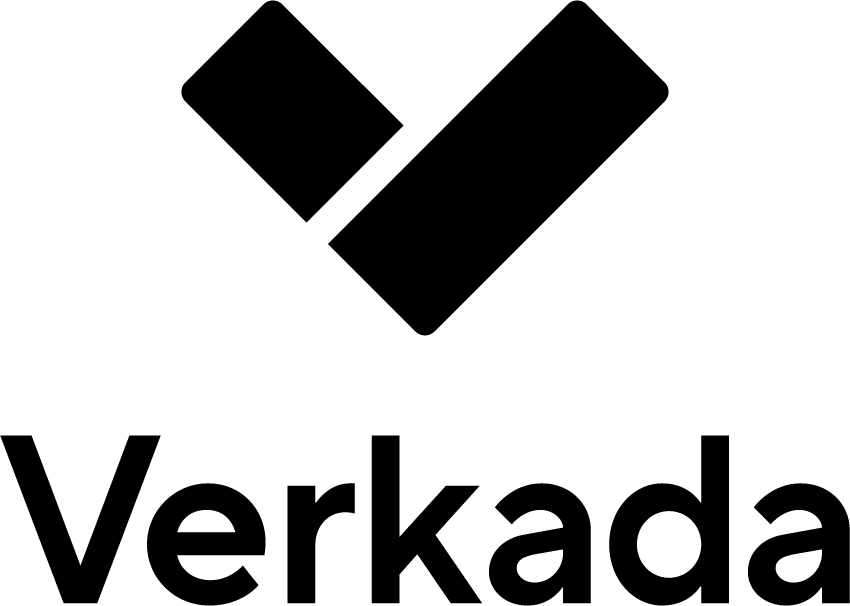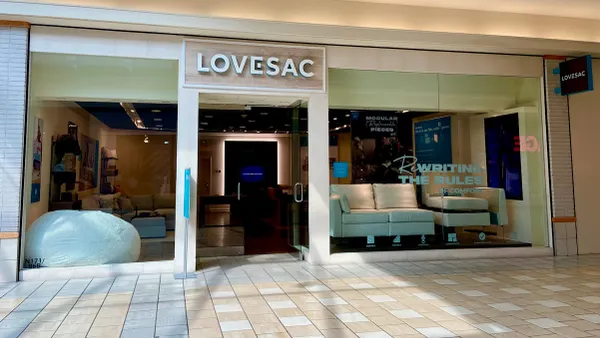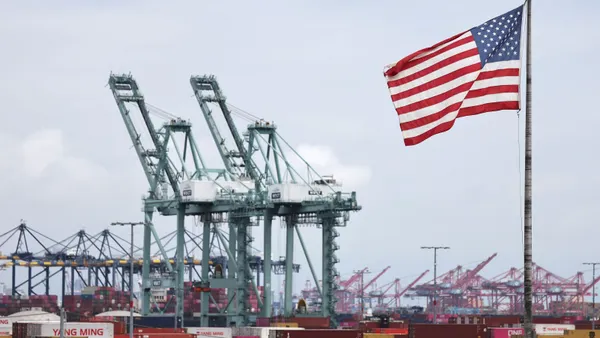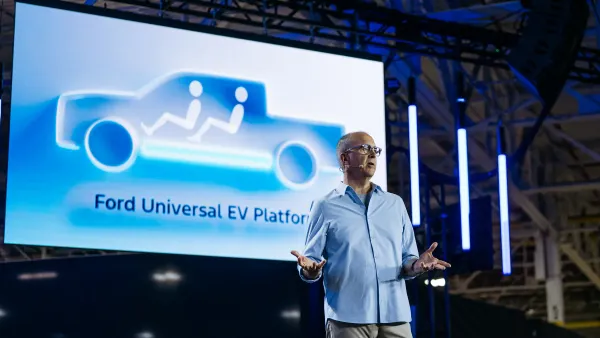Dive Brief:
- DuPont de Nemours is anticipating it will pay $60 million in costs in the second half of the year as it takes actions to mitigate tariff impacts, CEO Lori Koch said on an earnings call last week.
- DuPont’s actions so far include shifting production, sourcing alternatives, implementing surcharges and seeking product exemption, Koch said. The chemical manufacturer estimates it would have paid $500 million for the full year of 2025 had it not taken mitigation steps.
- “We continue to evaluate additional measures in order to further minimize the potential impact,” Koch said.
Dive Insight:
The $60 million will be split evenly between DuPont and its pending spinoff Qnity Electronics, EVP and CFO Antonella Franzen told analysts last week.
DuPont has a huge global presence, including a significant manufacturing footprint in the U.S. and Canada, as well as in the Asia Pacific, with 60 and 28 facilities, respectively, according to the company’s Q4 2024 filing.
This reach gives DuPont flexibility to adjust its production and product flow, enabling it to mitigate trade risks, Koch said.
The vast majority of raw materials DuPont sources are purchased in the same region where they’re consumed, which excludes them from tariffs, the CEO added.
“Overall, we have a solid game plan to continue to consistently deliver results, and we are executing well and advancing our strategic priorities,” Koch said.
The volatile trade war initiated by the U.S. government could potentially reduce DuPont’s competitiveness and lead to a decline in sales, the company said in a securities filing.
This could prove particularly true in China and Hong Kong, which had net sales of $587 million in the first quarter, taking up nearly half of the Asia Pacific region’s sales, according to the earnings report. The chemical maker has sites in Beijing, Chengdu, Guangzhou, Shanghai, Shenzhen, Shunde and Tianjin, according to its website.
As for finished product export sales from the U.S. to China, which accounted for the bulk of the $500 million, the company is moving intermediate products into the country for final completion before shipping to a customer, Koch said.
“That's why we're able to flex our own supply chain internally, to be able to mitigate a lot of that impact, it's not actually shipping finished product into China,” Koch added.



